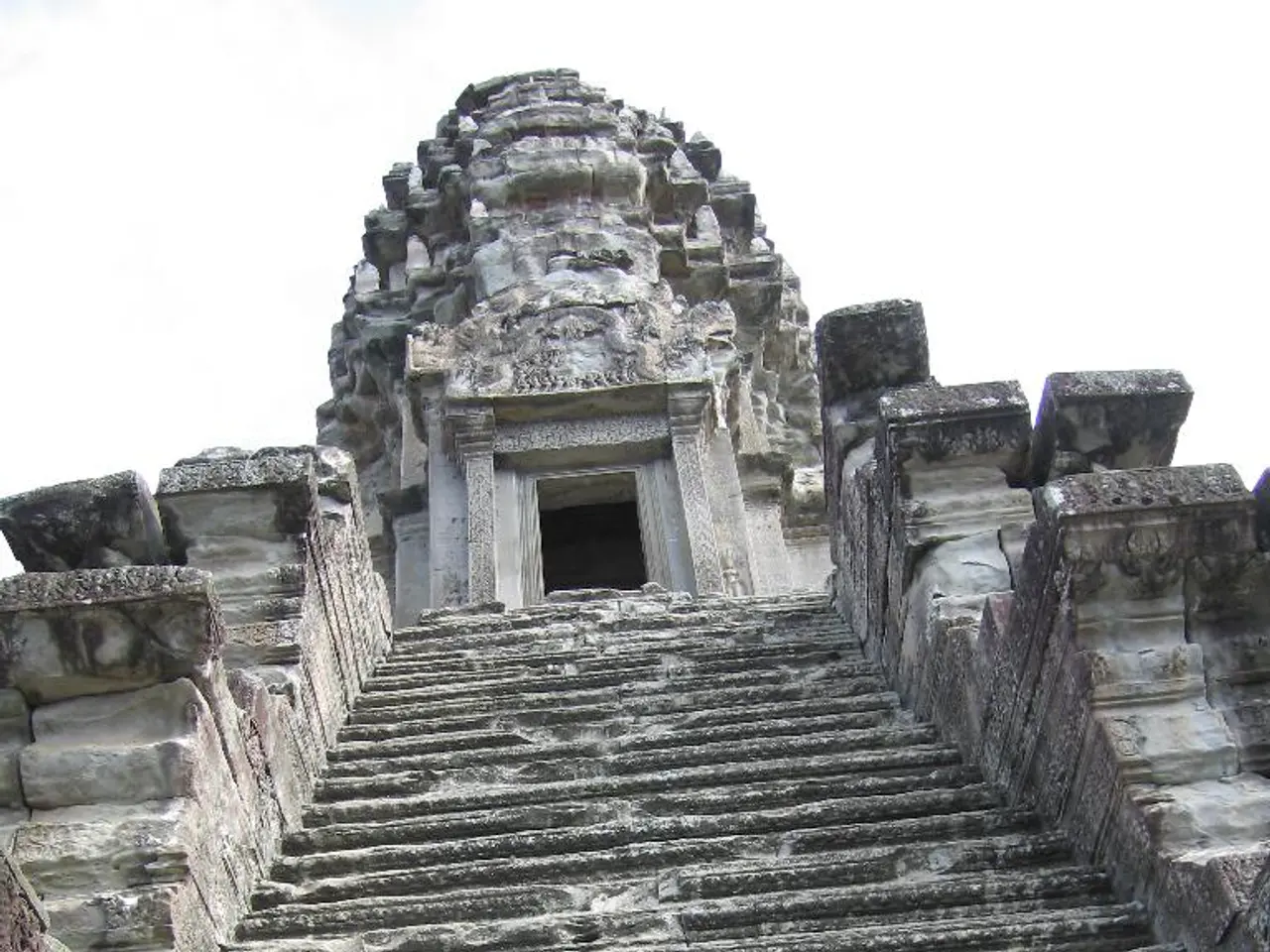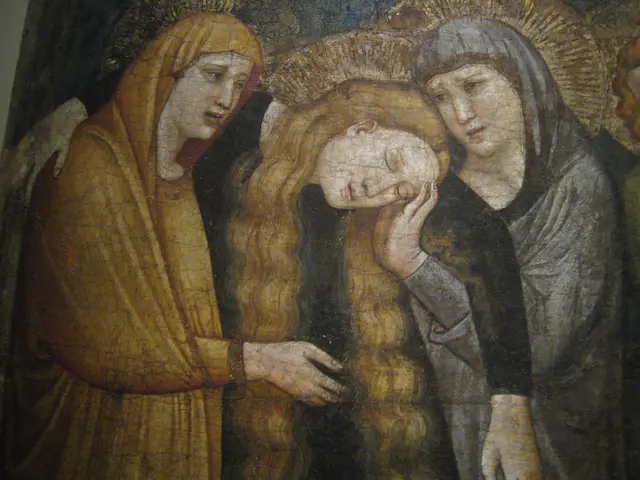Mysterious Ancient Empire Image: An Elusive Civilization Shrouded in the Enigma of a Captivating Conspiracy
The Lost Tartarian Empire conspiracy theory is a captivating narrative that has gained traction online, particularly since 2016, on platforms such as Reddit and YouTube. The theory posits that Tartaria was an advanced ancient global civilization, erased from official history through a deliberate "Great Reset" after a worldwide catastrophe known as the "mud flood."
Origins and Key Elements
This theory finds its roots in Russian nationalistic pseudo-scientific theories from the 1970s, with Anatoly Fomenko, a Russian conspiracy theorist, being one of the key figures. Fomenko wrote a New Chronology in the 1970s that argued events and civilizations believed to be thousands of years old actually occurred during the Middle Ages.
The modern conspiracy reinterprets historical maps labeling vast parts of Central Asia and Siberia as "Tartary" or "Great Tartarie," a geographic term used from the Middle Ages through the 19th century to describe loosely known regions inhabited by Turkic and Mongol peoples. Key elements cited by believers include the use of classical, Beaux-Arts, and Second Empire architectural styles as "Tartarian" designs, allegedly suppressed or misattributed by mainstream historians.
The Tartarian Empire's Alleged Works
The theory suggests that the Tartarian Empire built structures such as the Pyramids of Giza, the Great Wall of China, the Taj Mahal, and the United States Capitol. However, there is no credible historical, archaeological, or architectural evidence supporting these claims.
The "Mud Flood" and Global Eradication
The theory suggests that a series of "mud floods" wiped out the Tartarian Empire, but some buildings escaped destruction. The "mud flood" as a global cataclysmic event that buried or destroyed vast Tartarian cities lacks any physical or documentary support and largely arises from misinterpretation or deliberate reimagining of observations such as old buildings with buried basements or generic architectural features.
Debunking the Theory
The Russian Geographical Society has debunked the theory, labelling it an "extremist fantasy." The historical term "Tartary" was a broad, vague geographical label used by European mapmakers and had no connection to a unified, technologically advanced civilization. The architectural styles identified by Tartaria theorists are well understood by historians and architects as products of known cultural and historical movements.
In summary, the Lost Tartarian Empire conspiracy theory is a modern myth rooted in obsolete map terminology, architectural appreciation, and distrust of conventional history, lacking credible supporting evidence and often intertwined with other broader conspiracy ideas about global control and lost knowledge.
- The theory's origins can be traced back to Russian nationalistic pseudo-scientific theories from the 1970s, particularly Anatoly Fomenko's New Chronology that argued events and civilizations thought to be thousands of years old actually occurred during the Middle Ages.
- In the realm of education-and-self-development and entertainment, the Lost Tartarian Empire theory has garnered attention on online platforms like Reddit and YouTube, delving into discussions about general-news and pop-culture, despite lacking credible historical, archaeological, or architectural evidence.
- Contrary to the theory's claims, historical maps labeled as "Tartary" or "Great Tartarie" represented loosely defined regions inhabited by Turkic and Mongol peoples, not a unified, technologically advanced civilization such as the one depicted in the Lost Tartarian Empire conspiracy.








